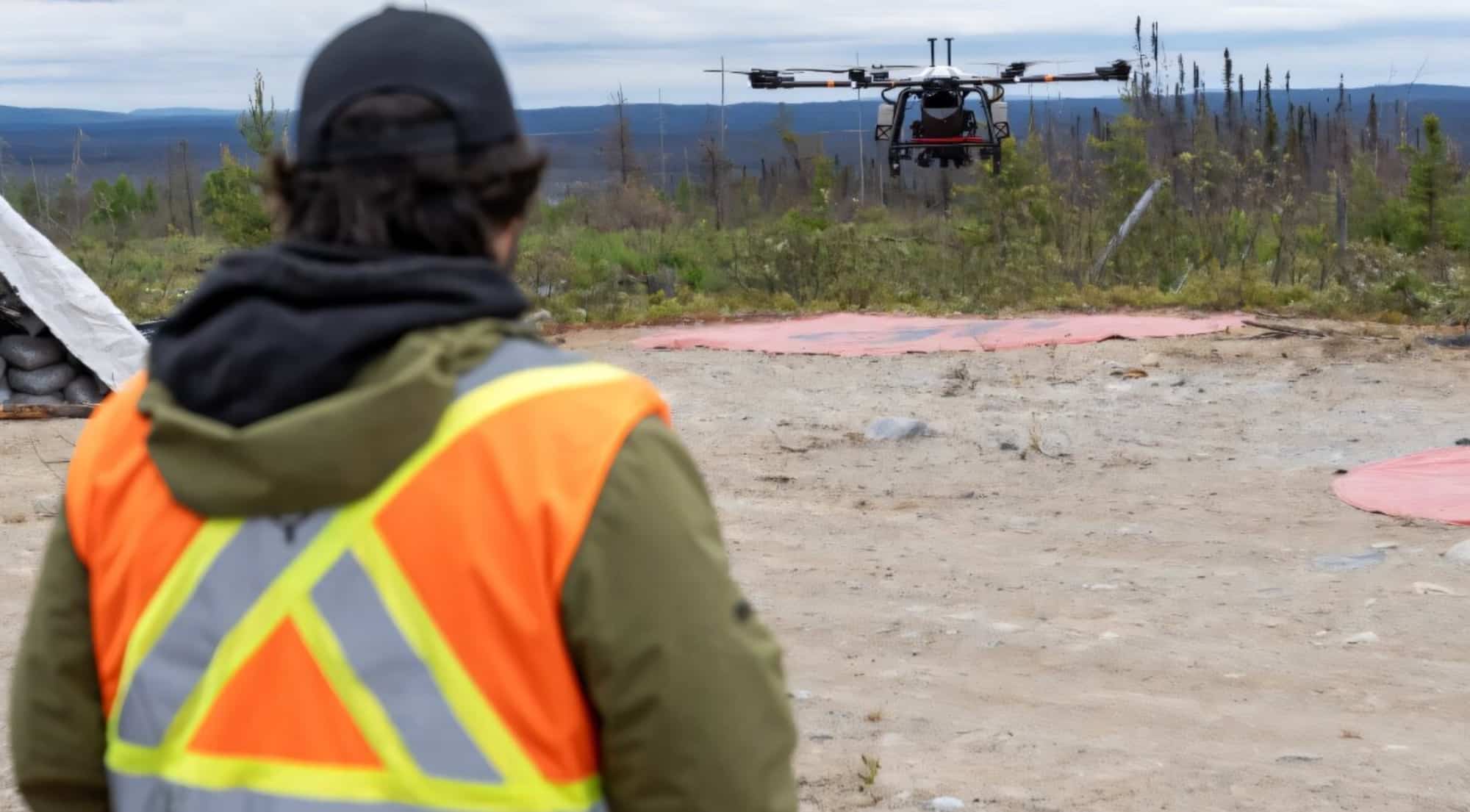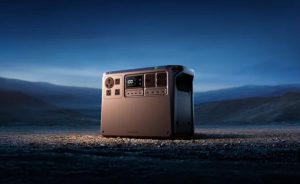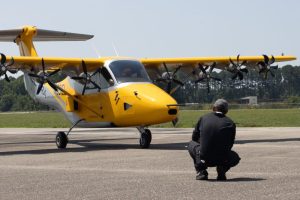Drones Plant 50,000 Trees Daily: How High-Tech Reforestation is Reviving Canada’s Wildfire-Ravaged Forests
Canada’s forests, known as the nation’s lungs and pride, have become its most threatened resource in recent years. After the unprecedented wildfires of 2023, which scorched nearly 44 million acres from British Columbia to Quebec, the very foundation of Canada’s boreal ecosystem was at risk. But a solution is emerging not on the ground, but from the sky.
Welcome to the era of drone-powered reforestation, where companies like Flash Forest are redefining restoration methods, locations, and speed. This article explores how drones are planting up to 50,000 trees daily in Canada’s wildfire zones and why this transformation is crucial for our forests, climate, and future.
The Scale of the Challenge: Urgency in Reforestation
Consider these facts:
- 18 million hectares burned in 2023 alone: A vast area equivalent to the entirety of Greece was lost in a single season.
- Canada’s boreal forest, which benefits from periodic fires to regenerate, is in danger of failing to recover due to increased fire frequency and severity, exacerbated by drought and climate change.
- Forests are burning before reaching maturity to reseed, leaving behind “green deserts” where trees struggle to regrow without intervention.
According to forest ecology professor Maxence Martin, “When forests are too young, regeneration stalls significantly, making planting the viable option.”
Introducing Flash Forest: Innovation Behind Drone Reforestation
The idea for Flash Forest emerged from brothers Cameron and Bryce Jones, inspired by witnessing the 2003 Kelowna wildfires’ devastation. Driven to restore faster and more efficiently, they founded Flash Forest, aiming to plant 1 billion trees by 2028 using drones.
Their diverse team consists of:
- Ecologists
- Engineers
- Robotics experts
- GIS/machine learning developers
- Partners from government, Indigenous communities, and the forestry industry
These aren’t just technologists with controllers; they are specialists on a mission, combining field expertise with cutting-edge technology and Canadian perseverance.
Operational Mechanics: From Drones to Seeds
Flash Forest’s method involves more than scattering seeds; it integrates data, AI, and soil science into a precise operation:
- AI-Assisted Site Selection – The company utilizes AI and GIS mapping to evaluate climate, terrain, and soil, ensuring they match the right species to each micro-environment.
- Innovative Seed Capsules – The drones deliver specialized capsules containing native tree seeds, like black spruce and jack pine, alongside water, nutrients, and fungi to enhance germination.
- Precision Planting – Drones navigate burned landscapes, deploying seed capsules into the soil, even in areas inaccessible to humans. Each drone plants up to 50,000 trees per day.
- Real-Time Tracking – Planting operations are monitored and assessed for success rates and growth progress with subsequent drone surveys.

Impact in Action: Planting in Northern Quebec
Northern Quebec is the focus, with Flash Forest planting vast numbers of black spruces and jack pines in zones struggling to recover naturally after recent fires. Older, regenerating areas are left to thrive without interference.
Drones also excel in navigating hazardous landscapes otherwise unreachable, speeding up reforestation efforts to meet climate targets.
The Technology: Beyond Simple Drones
Flash Forest’s drones are high-performance machines equipped for substantial payloads and extended missions. Their precision and software customization allow for strategic planting plans that ensure environmental compatibility and success.
Building Partnerships: Community and Environmental Collaborations
Flash Forest collaborates with Indigenous communities, respecting territories, creating jobs, and fostering cultural values. The Canadian government supports the initiative with a $1.3 million award through the “2 Billion Trees” initiative.
Corporations leverage Flash Forest’s work for carbon offsetting, aligning ESG commitments with tangible climate solutions.
Challenges and Considerations: Addressing Limitations
While promising, drone reforestation faces issues like seed shortages and environmental challenges that affect success. Traditional methods remain necessary in certain contexts, emphasizing the complementary nature of these technologies.
The Cultural Climate: Drones as Environmental Stewards
The concept of drones re-seeding forests with aerial precision captivates the imagination. It represents a blend of innovative technology and ecological commitment, resonating deeply with the younger generation familiar with wildfires.
Getting Involved: How to Support Reforestation Efforts
- Landowners can explore drone services for remote or hazardous areas post-fire.
- Entrepreneurs with skills in robotics, AI, or ecology can join a growing field.
- Educators and Parents can inspire youth with these advancements in environmental stewardship.
- Businesses can invest in biodiversity-positive projects and carbon offset initiatives.
| Question | Answer |
|---|---|
| How many trees can a drone plant daily? | Up to 50,000 |
| What species are planted? | Black spruce, jack pine – native species adapted to fire |
| How are seeds protected? | Encapsulated with nutrients, water, and fungi for enhanced survival |
| Do all seeds grow into trees? | No, factors such as harsh conditions and competition lead to some losses |
| Will drones replace all manual planting? | Not entirely; they complement traditional methods, especially in remote areas |
Conclusion: A Greener Tomorrow through Technology
This initiative exemplifies real-time climate adaptation, merging technology, science, and determination to tackle one of the century’s significant challenges. While drones alone won’t save the forests, they act as powerful allies, planting seeds of hope in unreachable areas.
If you’re ready to witness such environmental innovation, the journey of these “flying foresters” is one to follow closely, for they represent a crucial step toward a more sustainable future.













